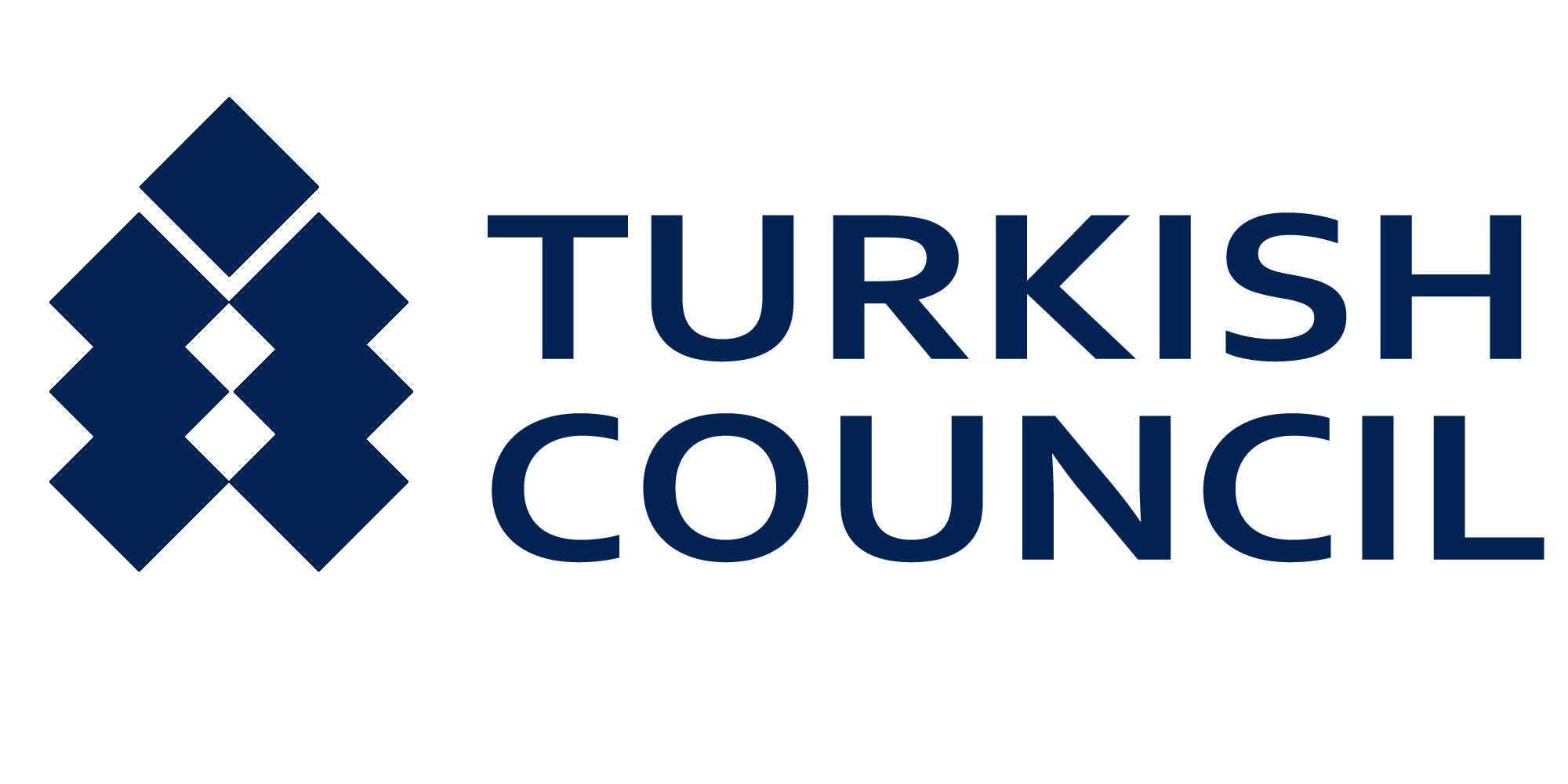Blog
How to Learn Turkish Grammar Rules
- September 2, 2024
- Posted by: Burak Ünal
- Category: Turkish Language

Learning Turkish grammar can initially seem like a daunting task, but with the right guidance and resources, it becomes an achievable and rewarding journey. At Turkish Council, we understand that mastering the intricacies of Turkish grammar is essential for effective communication and deepening cultural understanding. Our Turkish Language Course for foreigners is meticulously designed to break down complex grammar rules into manageable, easily digestible segments. Whether you’re starting with the basics of verb conjugations or delving into the nuances of vowel harmony, our experienced instructors are here to support your learning every step of the way. By integrating practical exercises, interactive lessons, and a robust support system, we ensure that our students not only grasp the theoretical aspects of Turkish grammar but also apply them confidently in real-life situations. Explore the structured yet flexible approach we offer and embark on your journey to mastering Turkish grammar with Turkish Council.
Mastering Turkish Sentence Structure
Mastering Turkish sentence structure is an essential step towards fluency, as it forms the backbone of coherent and effective communication. In Turkish, word order can be quite flexible unlike in English; however, the typical sentence structure follows a Subject-Object-Verb (SOV) pattern. This means that the subject comes first, followed by the object, and the verb is placed at the end. For example, instead of saying “She eats an apple,” in Turkish you would say “O (she) elmayı (the apple) yer (eats).” Understanding and practicing this fundamental structure lays a solid foundation for constructing more complex sentences, allowing for the fluid expression of thoughts and ideas. At Turkish Council, our courses provide ample practice and guidance in mastering this critical aspect of Turkish grammar, ensuring you become adept at constructing sentences that are both grammatically correct and natural-sounding.
To further cement your understanding of Turkish sentence structure, it’s crucial to explore the roles of different sentence elements beyond the basic SOV order. For instance, Turkish utilizes postpositions rather than prepositions, and these are placed after the nouns they modify, which can be a significant shift for English speakers. Additionally, the use of suffixes in Turkish can alter the meaning and function of a word within a sentence, such as indicating possession or forming the past tense. Emphasis in a Turkish sentence can also be adjusted by changing the word order, bringing specific words to the forefront to highlight importance or provide clarity. Our instruction at Turkish Council delves deep into these subtleties, helping you to not only understand these rules but to adeptly apply them, ensuring your sentences convey the exact meaning and tone you intend. Through targeted exercises and detailed feedback, our courses guide you in mastering these advanced elements of Turkish sentence structure for proficient and effective communication.
Interactive learning plays a pivotal role in mastering Turkish sentence structure, and at Turkish Council, we strongly emphasize this approach. Our Turkish Language Course incorporates a variety of interactive techniques, such as role-playing, sentence reconstruction activities, and real-time conversation practice. These methods provide a dynamic and engaging environment where learners can experiment with different sentence constructions and receive immediate feedback from instructors. Additionally, interactive online platforms and language apps integrated into our curriculum allow students to practice sentence-building independently, reinforcing classroom lessons. By immersing yourself in these hands-on activities, you’ll naturally develop an intuitive grasp of Turkish sentence structure, enabling you to craft sentences with confidence and ease. Join us at Turkish Council and experience a learning journey that brings the intricacies of Turkish grammar to life through interactive and practical application.
Comprehensive Guide to Turkish Verb Conjugation
Turkish verb conjugation is a fundamental aspect of mastering the language, as verbs are central to communication. Unlike in English, Turkish verbs can convey extensive information through a series of suffixes, indicating tense, aspect, mood, and even the subject. This feature makes understanding and correctly using Turkish verb conjugations crucial for both spoken and written communication. In our Turkish Language Course, we start by familiarizing students with the most common verb forms and their conjugation patterns, gradually introducing more complex structures as their proficiency grows. Our step-by-step methodology and interactive practice sessions ensure that students can confidently conjugate verbs in different tenses and contexts, laying a strong foundation for advanced language skills.
A key component of mastering Turkish verb conjugation is understanding the various tenses and how they modify the verb to reflect time. Turkish distinguishes between multiple past tenses, such as the simple past (di’li geçmiş zaman) and the past continuous (şimdiki zamanın hikayesi), each adding unique contextual layers to communication. Additionally, future, present continuous, and conditional tenses each have specific suffixes which must be properly attached to the verb stem. Our course emphasizes the importance of recognizing these patterns and applying them through targeted exercises. By engaging in regular practice and receiving constructive feedback from our instructors, students develop a keen intuition for the correct use of each tense, enhancing both their written and verbal fluency.
Beyond understanding tenses, it’s essential to grasp the concept of verb moods and voices in Turkish to convey subtleties and intentions accurately. Turkish verbs can be modified to reflect various moods, such as the imperative for commands, the optative for wishes, and the subjunctive for hypotheticals. Moreover, verbs can be conjugated in the passive, causative, reflexive, and reciprocal voices, each adding a layer of meaning and nuance to interactions. At Turkish Council, we integrate these advanced aspects into our curriculum through immersive activities and real-life conversations, enabling students to recognize and apply them naturally. This comprehensive approach ensures that learners can navigate complex grammatical structures with confidence, making their communication in Turkish both precise and expressive.
Essential Tips for Understanding Turkish Noun Cases
Understanding Turkish noun cases is a fundamental step in mastering the language’s grammar. Noun cases in Turkish indicate the role of a noun in a sentence, and they are marked by specific suffixes. There are six primary noun cases in Turkish: nominative, genitive, dative, accusative, locative, and ablative. Each case provides crucial information about the noun’s function, whether it is the subject, the object, or showing possession, direction, location, or separation. For instance, the dative case, marked by suffixes like “-e” or “-a,” often shows direction or the indirect object of a sentence. Grasping how these cases work and practicing their usage in various contexts will significantly enhance your proficiency and enable you to construct sentences accurately and fluently.
To effectively learn the Turkish noun cases, it’s essential to immerse yourself in practical exercises that reinforce your understanding and application of each case. At Turkish Council, we incorporate a variety of activities such as sentence formation drills, interactive dialogues, and contextual usage scenarios that allow you to see each noun case in action. Additionally, our course materials include visual aids and mnemonic devices designed to help you remember the suffixes and their corresponding roles more easily. By regularly engaging with these targeted exercises, you’ll gradually develop an intuitive sense for correctly using noun cases, making your spoken and written Turkish more natural and precise.
Moreover, personal feedback and guidance play a critical role in mastering Turkish noun cases. At Turkish Council, our experienced instructors provide individualized attention to address your unique challenges and questions. Through one-on-one sessions and detailed feedback on your exercises, you will gain a deeper understanding of the nuances of each noun case. This personalized approach ensures that any confusion is promptly clarified, and common mistakes are rectified early on, giving you the confidence to use noun cases correctly in both everyday conversations and more complex linguistic constructs. By combining structured learning with personalized support, we make the journey of mastering Turkish grammar both effective and enjoyable.
- Buy Our Online Turkish Language for Beginners: https://courses.turkishcouncil.org/courses/learn-turkish-a1/
- Visit Turkish Council for Turkish Course Visa Invitation Letter: https://www.turkishcouncil.org
- Visit Turkey Residence Agency for Your Immigration Requests: https://www.residentturkey.com
- Visit Gordion Partners for Investment in Turkey: https://www.investment.com.tr
- Visitez Campus Turquie si vous parlez français: https://www.campusturquie.org
Disclaimer: This article is for general informational purposes only and you are strongly advised to consult a professional to evaluate your education. No liability is accepted that may arise from the use of the information in this article.
